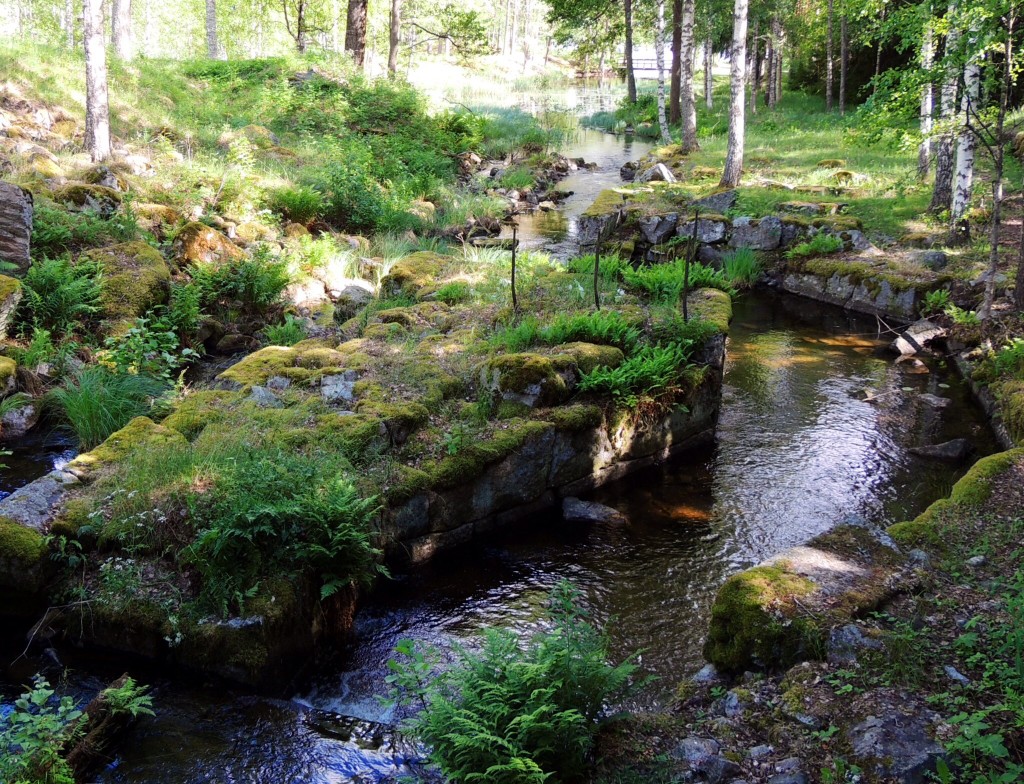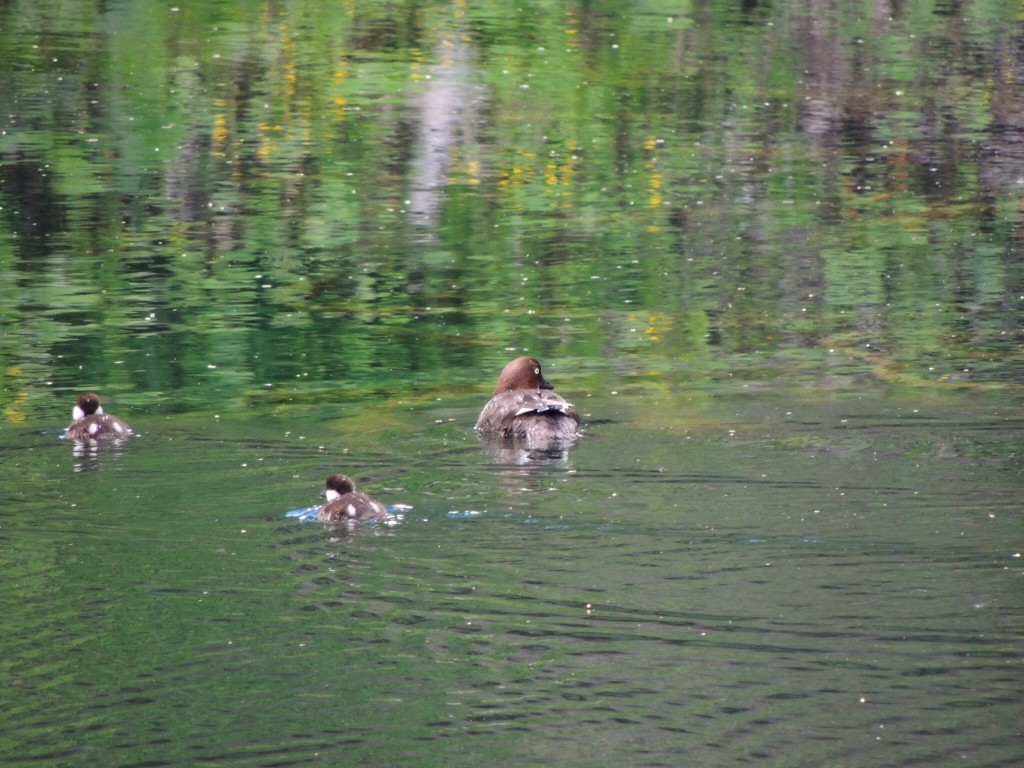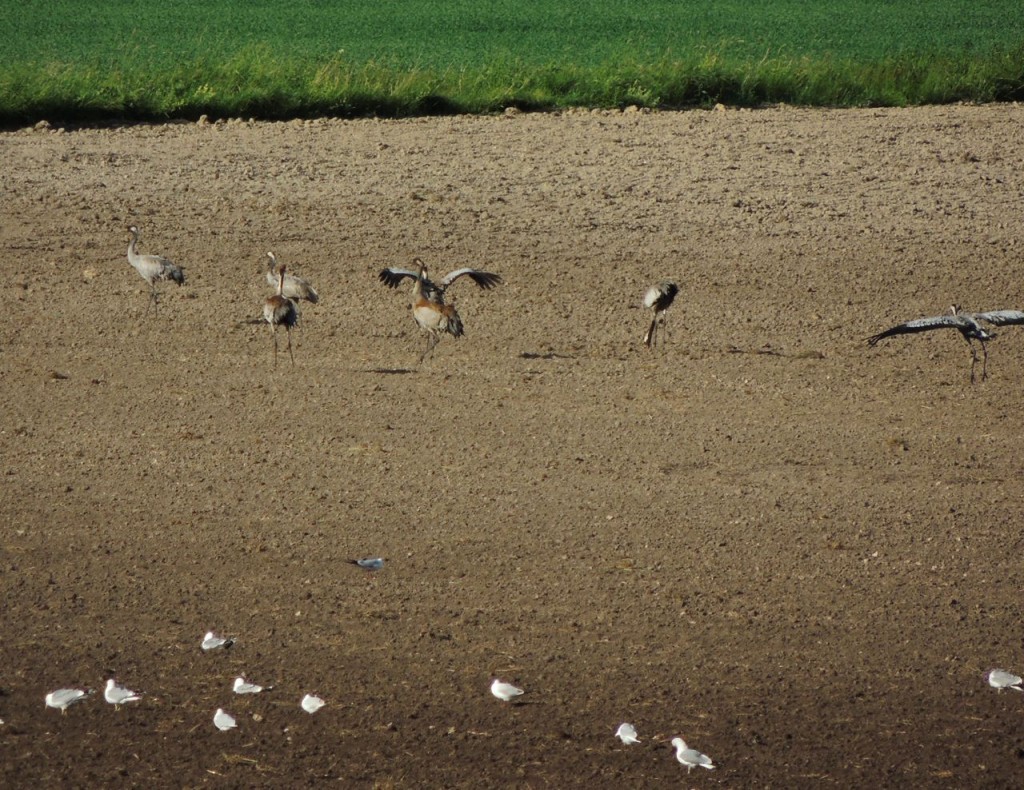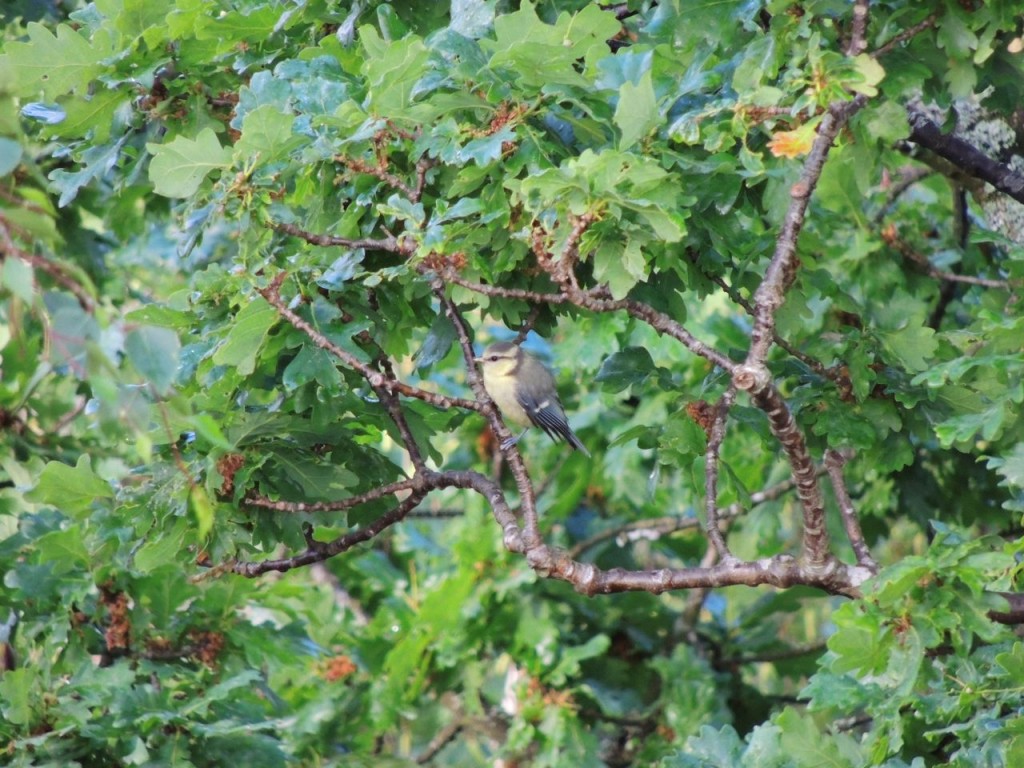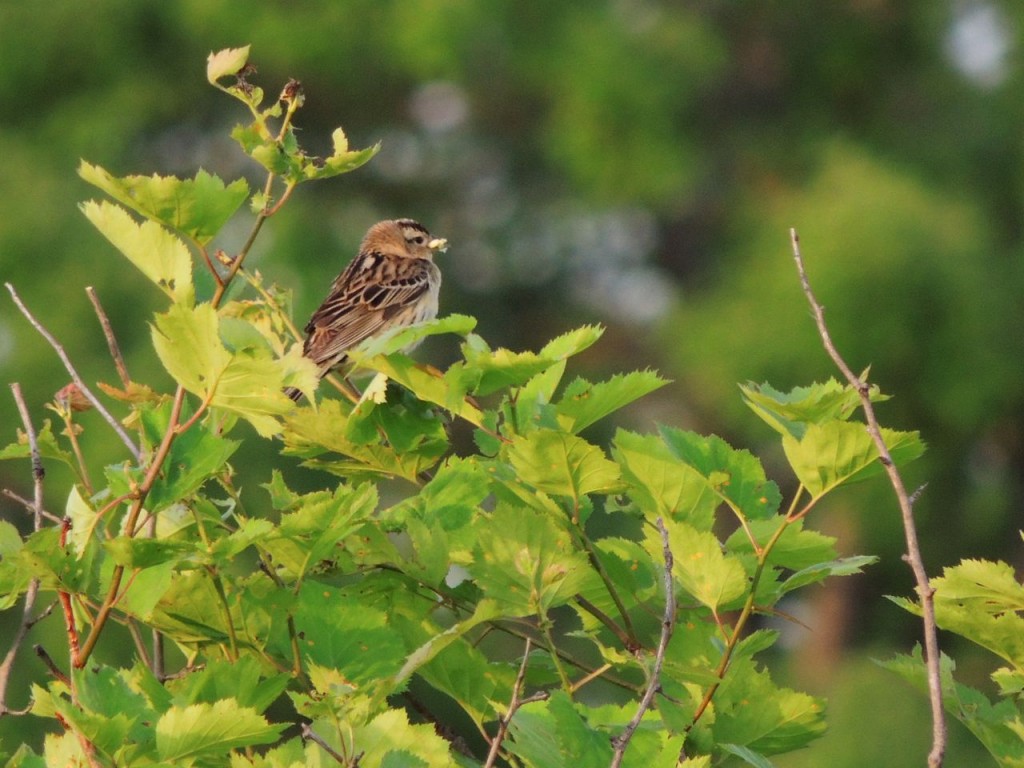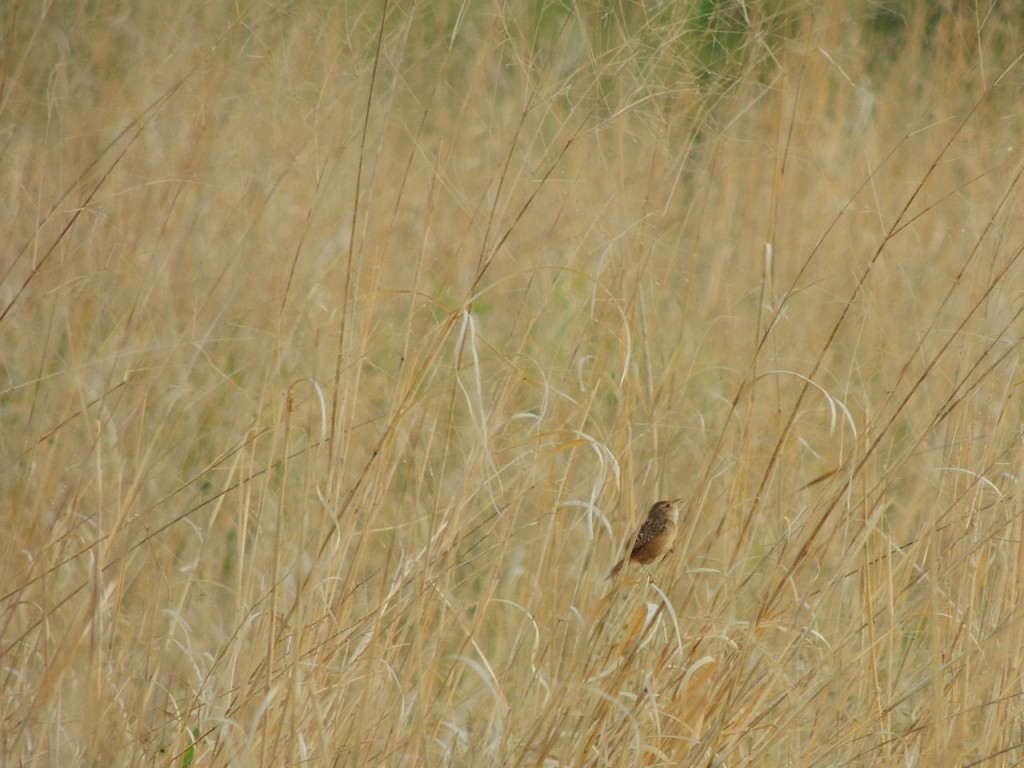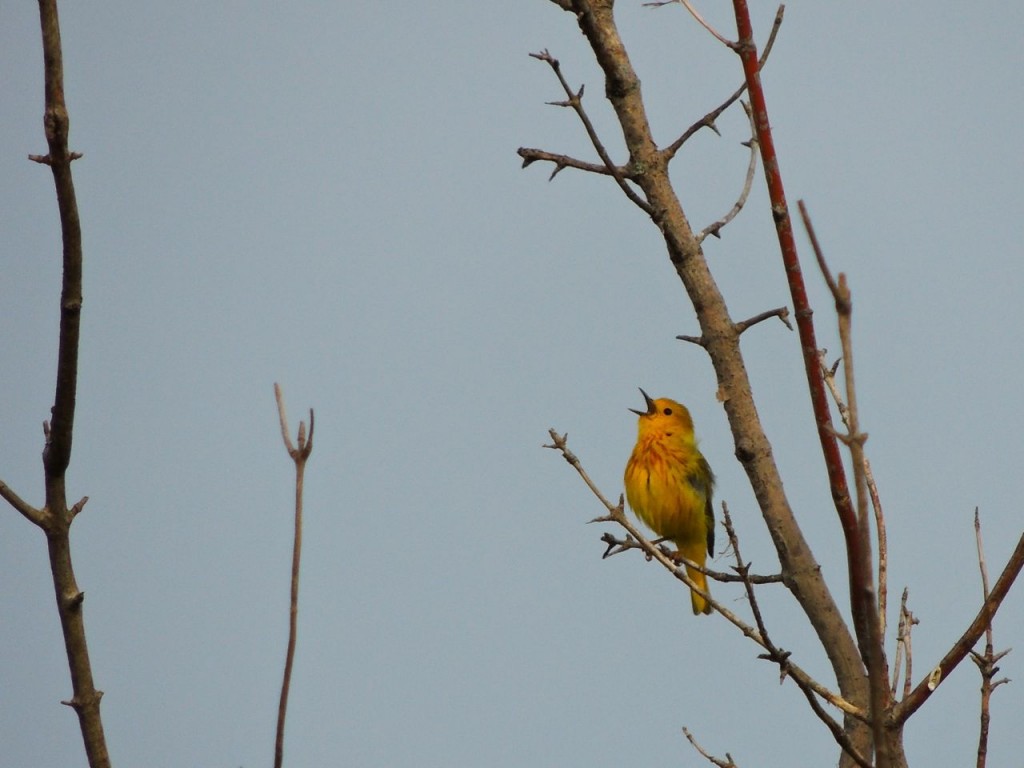18 June 2014. Sylvhyttea, Dalarna, Sweden. This corner of Sweden, the Landskap of Dalarna, holds some interesting lessons for other parts of the world. I’m not talking of the legendary Swedish way of living in a thoughtfully modern, clean and harmonious society, a condition that I can’t help feeling is about as far as it is possible to get from the way things work in other parts of the western world, Texas or Florida for example, I’m thinking of some lessons learned about nature’s ability to recover from industrialization, but only if you’re lucky.
Dalarna and much of Northern Sweden is rich in minerals: iron, copper and other ores; indeed one of the world’s richest deposits of iron ore lies in Kiruna, well north of Dalarna and within the Arctic Circle. For two or three hundred years from the seventeenth to the first half of the twentieth centuries, Dalarna was pockmarked with mines and smelting operations, some of them on a necessarily small scale but a few very large.
The tranquil little corner where I heard the Cuckoo a couple of days ago, Norn, was just such a place. Although the scale was small, just two towering furnaces for smelting ore, its footprint was large: The diversion of natural water courses to power water wheels; The unceasing clearance of forests to fire the smelting processes; The attendant infrastructure that goes with heavy industry; Everything involved in transportation of raw and finished materials, and supporting the homes and community of a hundred or so souls. Today little remains of all of that, it is now a pretty little lakeside village with a dozen or so interesting homes and assorted buildings, some odd topography and the mostly overgrown ruins of what once must have been a dirty and in many ways dangerous place. Today you visit Norn to see the Swallows nesting in the old smelting house, watch White Wagtails strutting down the quiet gravel road and listen for Cuckoos; at least I asume that’s what most people do.
The lesson happily learned is that despite centuries of violent abuse of, and intrusion into, a natural landscape, Mother Nature can sometimes recover and reclaim the landscape and make it pretty again. I don’t want to trivialize the power of mankind’s industry to lay waste; goodness knows there are enough examples of damage done that will take centuries, if ever to undo: Chernobyl, Sudbury and the Sahara Desert come to mind; Dalarna got off lightly.
Today we visited a couple of old abandoned mine sites and ended up at Sylvhyttea (there should be two dots over that final ‘a’), a quiet little picnic spot sitting between two sizeable forest-encircled lakes. A small waterway with a lift lock connects the two lakes and it, together with a handful of picturesque stone and wood-clad buildings, is almost all that remains today of a sizeable industrial enterprise that grew up around smelting silver and later, and more successfully, iron. Now it it one of the nicest picnic sites imaginable, a century ago doubtless it was a grossly polluted and rather desolate place. It was here that we encountered a pair of Great Spotted Woodpeckers who were busy carrying food to their nest-load of hungry youngsters. Rather like the Fieldfares of Day One of our holiday, the Great Spotted Woodpecker is another of those dreamed-of childhood birds; often wondered about from the pages of books but never actually seen by me until I find myself where they are commonplace. But there they were, large as life and living up to the description found in my field guide, “...saturated red underparts sharply demarcated from whitish belly, by unstreaked flanks, and by its two large, white, oval shoulder patches. The black wings are barred white….” Once seen it turns out they’re everywhere, or so I’m told. The Great Spotted Woodpecker is a reasonably frequent winter visitor to bird feeders and my son mentioned that he’d watched a couple from his apartment balcony just this morning; never mind, that doesn’t detract from Great Spotted Woodpecker being my Bird of the Day.
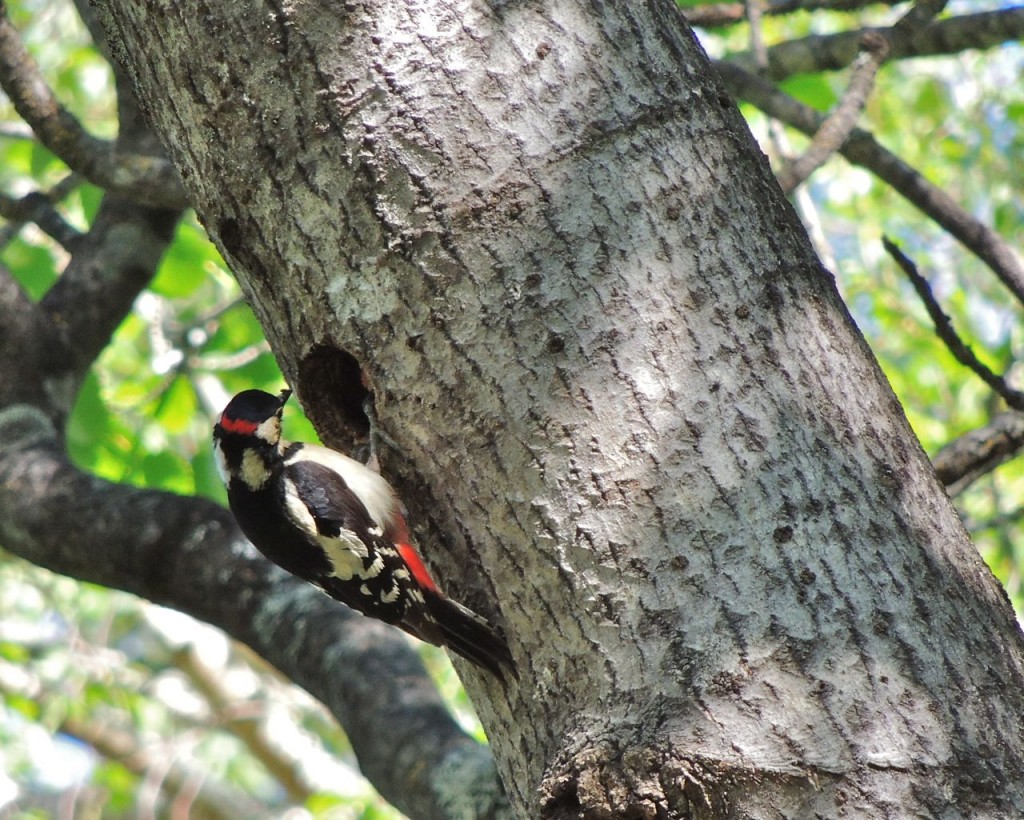

My dallying to admire and perhaps get a photograph of the woodpecker may have momentarily taxed the patience of the rest of our group. But then it should be noted that in the greater interests of the group’s agenda I let pass many even more intriguing sightings that normally would have held my attention for much longer. This is the season of intense bird parenting, there seems to be fledglings and anxious adults everywhere I turn and with such easy pickings I was able to enjoy watching a pair of Swallows visiting their nest under a small dock, Spotted and Pied Flycatchers carrying food and even a nervous female Goldeneye with three scurrying young bobbing in her wake.